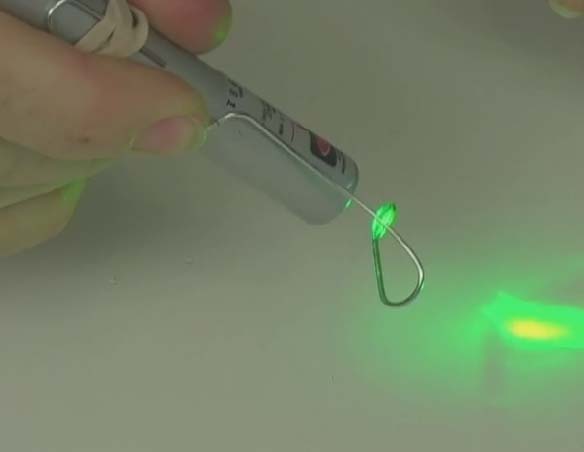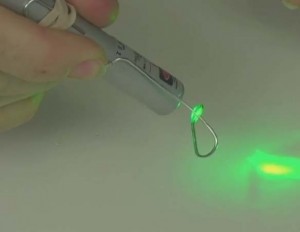How do the lenses work to make objects larger? We’re going to take a closer look at optics, magnification, lenses, and how to draw what you see with this lesson. Here’s a video to get you started:
Here’s what you do:
[am4show have=’p8;p9;p26;p53;p74;p86;p87;’ guest_error=’Guest error message’ user_error=’User error message’ ]
1. Take a look at the eyepiece of your microscope. Do you see a number followed by an X? That tells you the magnification of your microscope. If it’s a 10X, then it will make objects appear ten times larger than usual.
2. Peek at the objective lenses. They’re on the nose of the microscope, and there’s usually 3 or 4 of them. Do you see the little numbers printed on the side of the lenses, also followed by an X? Find the one that says 4. if you look through just that lens by itself, objects will appear 4 times as large. However, it’s in a microscope, so you’re actually looking through two lenses when you use the microscope. What that means is that you need to multiply this number by the eyepiece magnification (in our example, it’s 4 * 10 = 40) to get the total power of magnification when you use the microscope on this power setting. It’s 40X when you use the 10X eyepiece and 4X objective. So objects are going to appear 40 times larger than in real life.
3. Practice these with your microscope – here are the settings on my microscope – help me fill out the table to figure out how to set the lenses for the different magnification powers:
|
Eyepiece
|
Objective
|
Total Magnification
|
|
10X
|
4X
|
|
|
10X
|
|
100X
|
|
40X
|
400X
|
|
10X
|
|
1000X
|
Questions to Ask:
1. What does this table above look like for your microscope?
2. Your microscope may have come with an additional eyepiece. If so, add it to your table and figure out the range of magnification you have.
3. What is your highest power of magnification? Set it now.
4. List three possible combination of eyepiece and objective lenses if the power of magnification is 100X.
Learning to Look
Do how do you use this microscope thing, anyway? Here’s how you prepare, look, and adjust so you can get a great view of the micro world:
Download Student Worksheet & Exercises
1. Carefully cut a single letter (like an “a” or “e”) from a printed piece of paper (newspaper works well).
2. Use your tweezers to place the small letter on a slide and place a coverslip over it (be careful with these – they are thin pieces of glass that break easily!) If your letter slides around, add a drop of water and it should stick to the slide.
3. Lower the stage to the lowest setting using the coarse adjustment knob (look at the stage when you do this, not through the eyepiece).
4. Place your slide in the stage clips.
5. Turn the diaphragm to the largest hole setting (open the iris all the way).
6. Move the nose so that the lowest power objective lens is the one you’re using.
7. Bring the stage up halfway and peek through the eyepiece.
8. If you’re using a mirror, rotate the mirror as you look through the eyepiece until you find the brightest spot. You’ll probably only see a fuzzy patch, but you should be able to tell bright from dim at this point.
9. Use the coarse adjust to move the stage slowly up to bring it into rough focus. If you’ve lowered the stage all the way in step 7, you’ll see it pop into focus easily. (Be careful you don’t ram the stage into the lens!)
10. Use the fine adjust to bring it into sharp focus. What do you see?
Drawing What You See
Learning to sketch what you see is important so that the view is useful to more than just you. Here’s the easy way to do it: get a water glass and trace around the rim on a sheet of paper with your pencil. This gives you a nice, large circle that represents your scope’s field of view (what you see when you look into the microscope). Now you’re ready for the next step:
1. Draw a picture of that the letter looks like under the lowest power setting in your first circle and label it ‘right side up’. Then give the slide a half turn and draw another picture in a new circle. Label this one ‘upside-down’.
2. If you’re using a mechanical stage (which we highly recommend), twist one of the knobs so that the slide physically moves to the right as you look from the side (not through the eyepiece) of the microscope. If you’re using stage clips, just nudge the slide to the right with your finger. Now peek through the eyepiece as you move the slide to the right – which way does your letter move?
3. Now do the same for the other direction – make the slide move toward you. Which way does the letter appear to move when you look through the eyepiece?
4. What effect do the two lenses have on the letter image as you move it around? (Need a hint? Look back at the Microscope Optics Lesson from Unit 9)
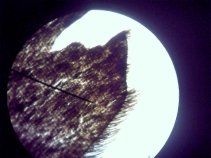 Look back at your two drawings above. Let’s make them so they are totally useful, the way scientists label their own sketches. We’re going to add a border, title, power of magnification, and more to get you in the habit of labeling correctly. Here’s how you do it:
Look back at your two drawings above. Let’s make them so they are totally useful, the way scientists label their own sketches. We’re going to add a border, title, power of magnification, and more to get you in the habit of labeling correctly. Here’s how you do it:
Border You need to frame the picture so the person looking at it knows where the image starts and ends. Use a water glass to help make a perfect circle every time. When I sketch at the scope, I’ll fill an entire page with circles before I start so I can quickly move from image to image as I switch slides.
Title What IS it? Paramecia, goat boogers, or just a dirty slide? Let everyone (including you!) know what it is by writing exactly what it is. You can use bold lettering or underline to keep it separate from any notes you take nearby.
Magnification Power This is particularly useful for later, if you need to come back and reference the image. You’ll be quickly and easily able to duplicate your own experiment again and again, because you know how it was done.
Proportions This is where you need to draw only what you see. Don’t make the image larger or smaller – just draw exactly what you see. If it’s got three legs and is squished in the upper right corner, then draw that. Most people draw their image smaller than it really is when viewed through the eyepiece. If it helps, mentally divide the circle into four quarters and look at each quarter-circle and make it as close to what you see as you can.
Exercises
- Why do we use microscopes?
- What’s the highest power of magnification on your microscope? Lowest?
- Where are the two places you should NEVER touch on your microscope?
- Fill in the blanks with the appropriate word to describe care and cleaning of your microscope:fingers lowest handsarm toilet paper legs dust cover
- Pick up the microscope with two ________. Always grab the _________with one hand and the _______(base) with the other.
- Don’t touch the lenses with your _________. The oil will smudge and etch the lenses. Use an optical wipe if you must clean the lenses. Steer clear of ____________ and paper towels – they will scratch your lenses.
- When you’re done with your scope for the day, reset it so that it’s on the _________ power of magnification and lower the stage to the lowest position. Cover it with your __________ or place it in its case.
- What things must be present on your drawing so others know what they’re looking at?
- What’s the proper way to use the coarse adjustment knob so you don’t crack the objective lens?
- List three possible combination of eyepiece and objective lenses if the power of magnification is 100X.
- Briefly describe how to dry mount a slide.
- How could you view a copper penny with your microscope?
[/am4show]


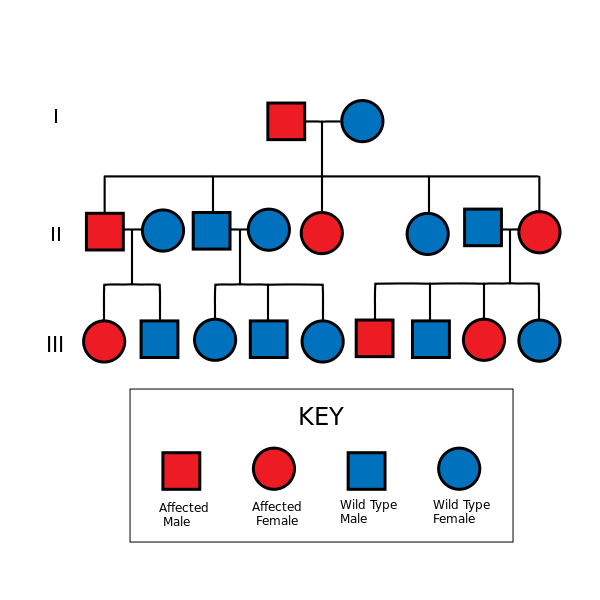
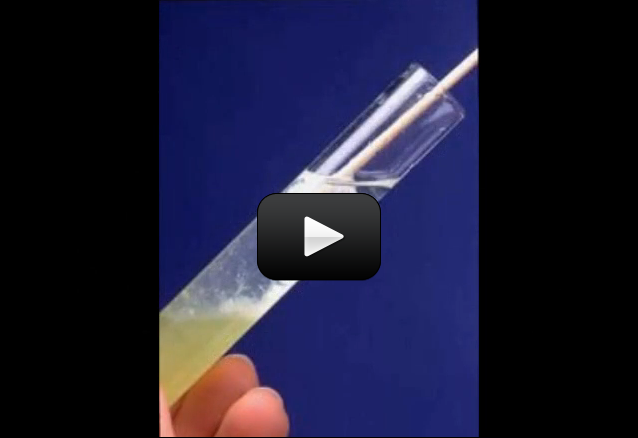
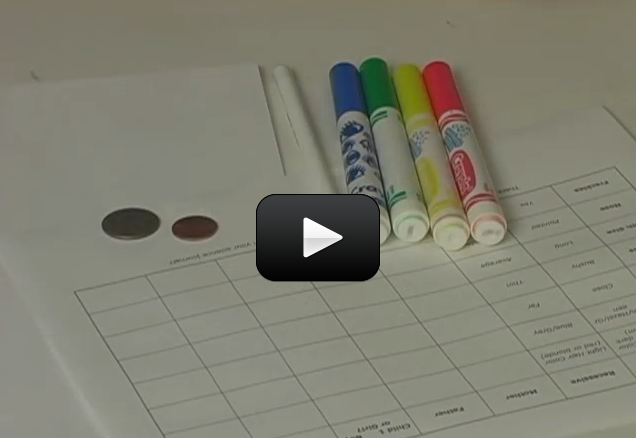

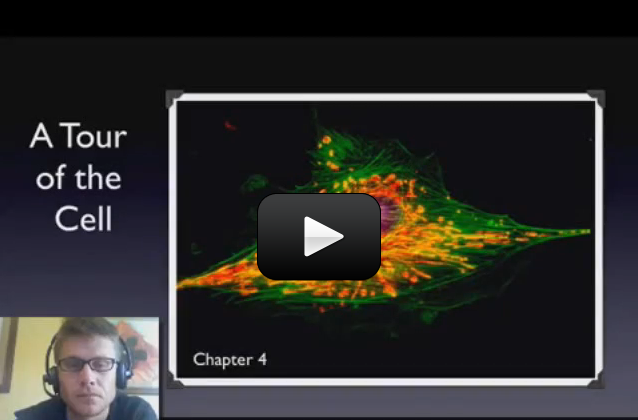

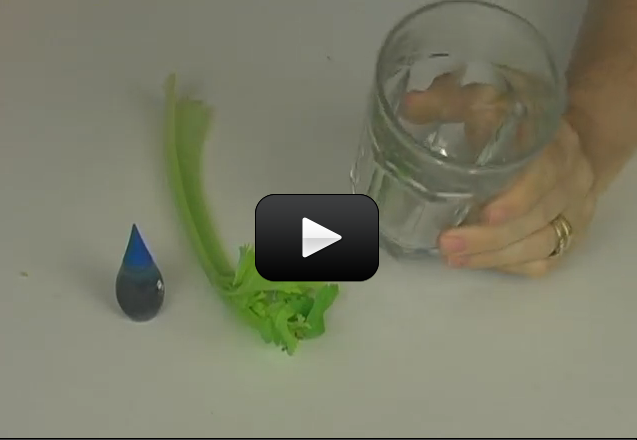

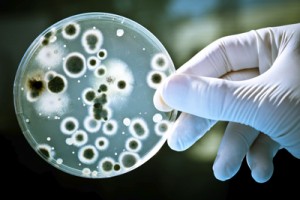 Some organisms, like bacteria, consist of only one cell. Other organisms, like humans, consist of trillions of specialized cells working together. Even if organisms look very different from each other, if you look close enough you’ll see that their cells have much in common.
Some organisms, like bacteria, consist of only one cell. Other organisms, like humans, consist of trillions of specialized cells working together. Even if organisms look very different from each other, if you look close enough you’ll see that their cells have much in common.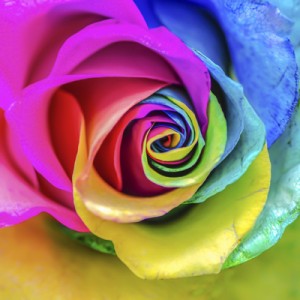
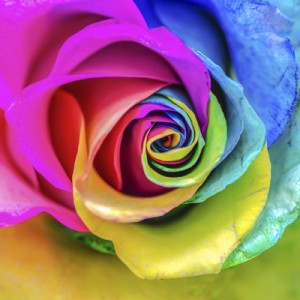 When plants are watered, the water travels up the roots of the plant, and to all of the plant’s parts. So, with sunlight and time, the colored water eventually made to the plant’s flowers, creating the color change you observed.
When plants are watered, the water travels up the roots of the plant, and to all of the plant’s parts. So, with sunlight and time, the colored water eventually made to the plant’s flowers, creating the color change you observed.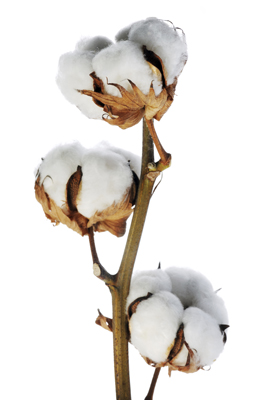
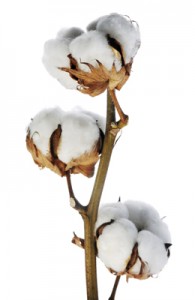
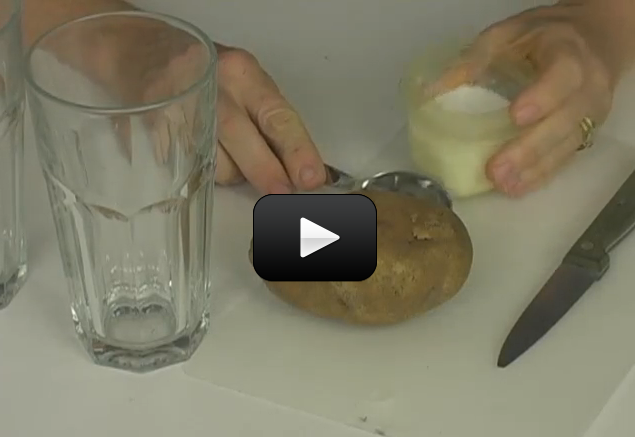
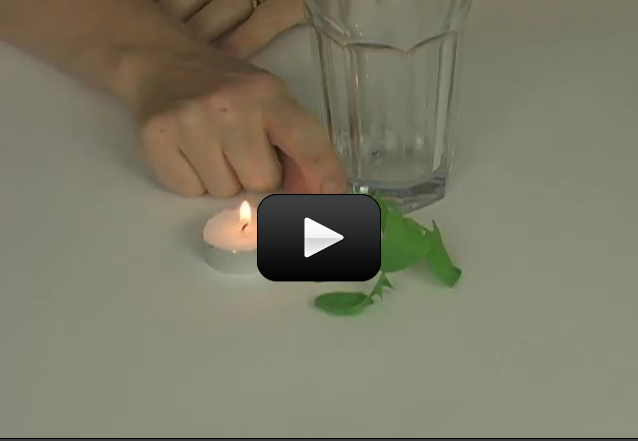
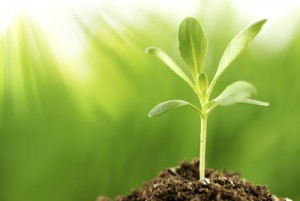 Photosynthesis is a process where light energy is changed into chemical energy. As we said in the last section, this process happens in the chloroplast of plant cells. Photosynthesis is one of the most important things that happen in cells.
Photosynthesis is a process where light energy is changed into chemical energy. As we said in the last section, this process happens in the chloroplast of plant cells. Photosynthesis is one of the most important things that happen in cells.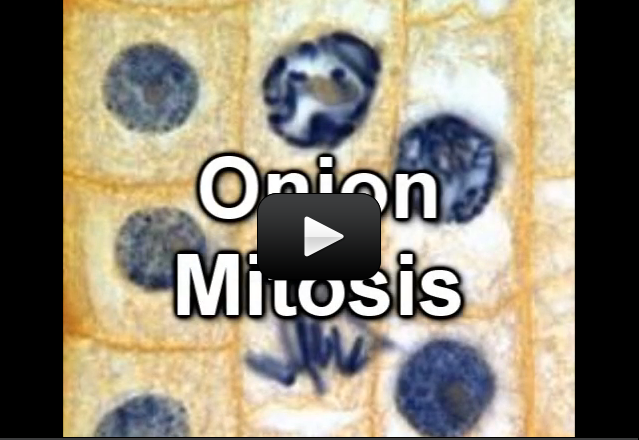
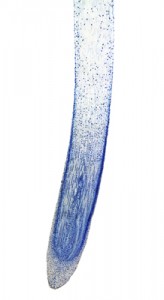
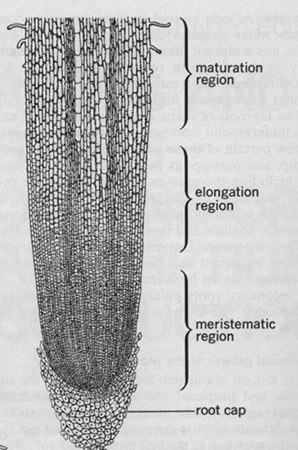
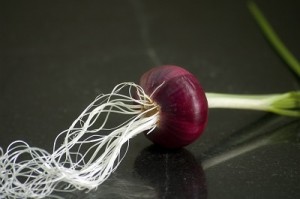 Next, prepare an onion sample. Take it from the root tip called the meristematic zone (use the picture on the right), just above the root cap at the very end of the tip.
Next, prepare an onion sample. Take it from the root tip called the meristematic zone (use the picture on the right), just above the root cap at the very end of the tip.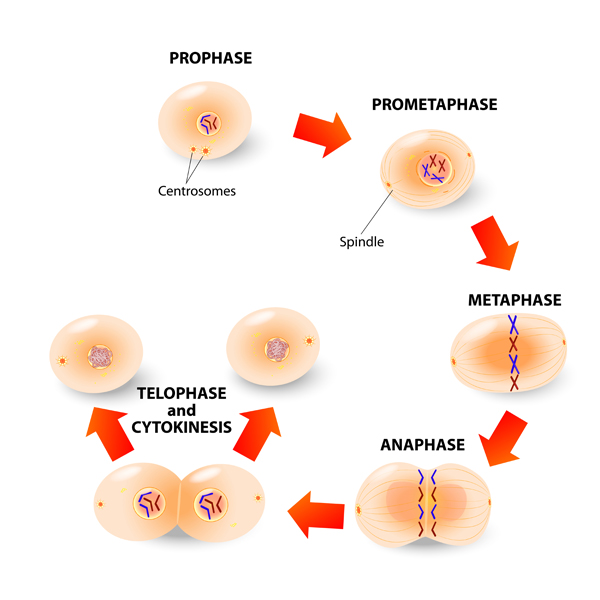
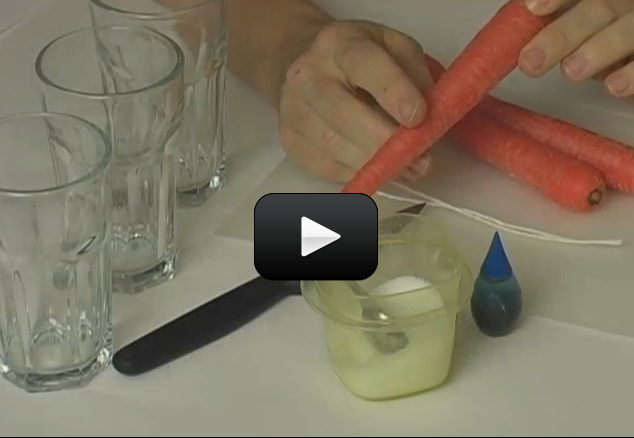
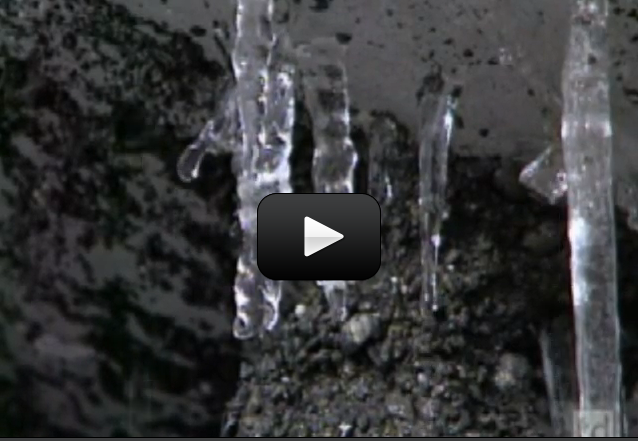

 Walk around your house. In each room, make an observation by using your senses (sight, sound, smell, touch and taste). Based on this observation, ask a question.
Walk around your house. In each room, make an observation by using your senses (sight, sound, smell, touch and taste). Based on this observation, ask a question.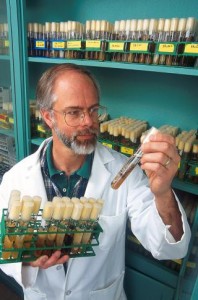
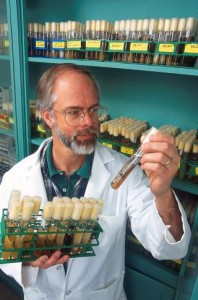 Think of an organism (bacteria, fish, reptiles…) that interests you. With adult help, search the Internet to find five web pages about this organism.
Think of an organism (bacteria, fish, reptiles…) that interests you. With adult help, search the Internet to find five web pages about this organism.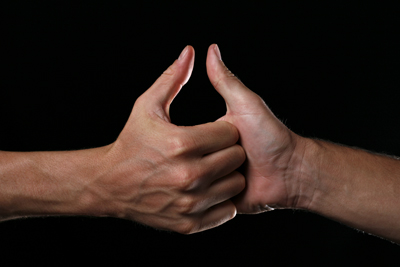
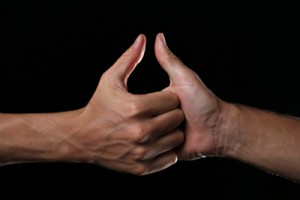 Different people have different sized thumbs and wrists. Do you think this will affect people’s success at winning a thumb war?
Different people have different sized thumbs and wrists. Do you think this will affect people’s success at winning a thumb war?
 You’ll need a couple of volunteers for this experiment, but it’s totally worth it. Make sure you’ve got your
You’ll need a couple of volunteers for this experiment, but it’s totally worth it. Make sure you’ve got your 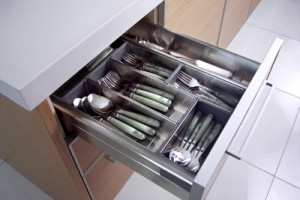
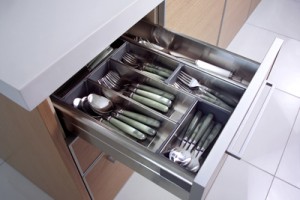 Grab a handful of buttons. Make sure there are all different kinds and colors.
Grab a handful of buttons. Make sure there are all different kinds and colors.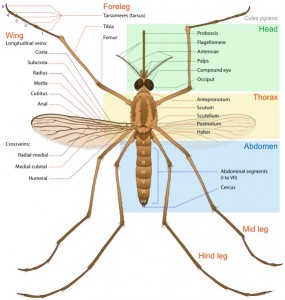
 We're going to access another website (Seaworld) that has a HUGE catalog of living organisms and their scientific names. Here's how you do it:
We're going to access another website (Seaworld) that has a HUGE catalog of living organisms and their scientific names. Here's how you do it: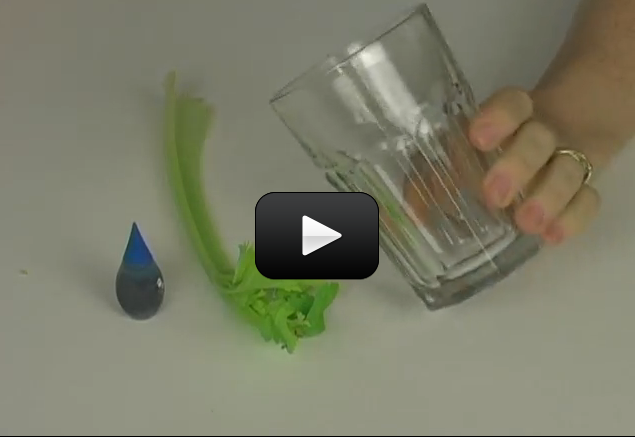
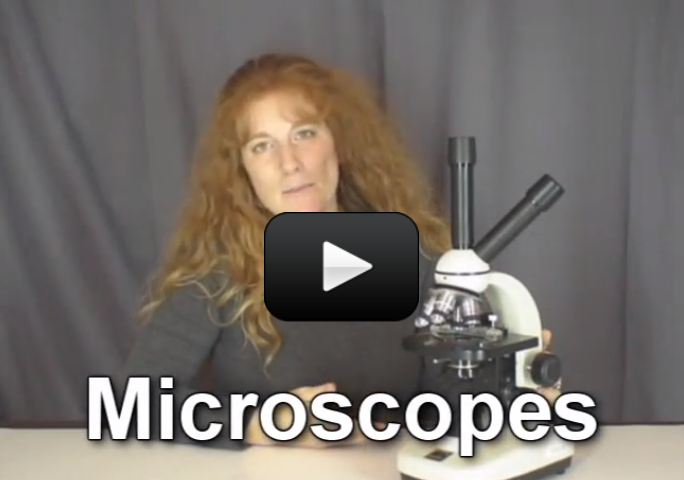
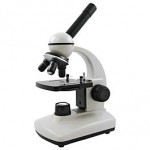

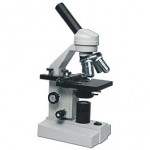
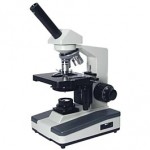
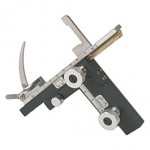
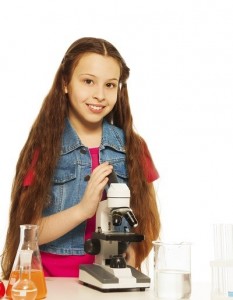 In addition to a microscope, you'll also need additional items like slides, cover slips, tweezers, and other basic equipment. Here's what you need to complete the labs in this section:
In addition to a microscope, you'll also need additional items like slides, cover slips, tweezers, and other basic equipment. Here's what you need to complete the labs in this section: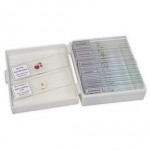
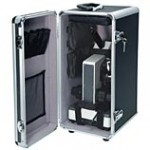
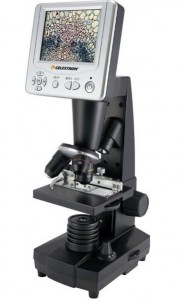

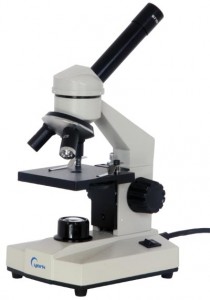
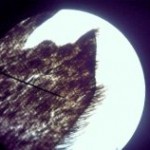
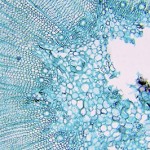
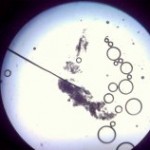
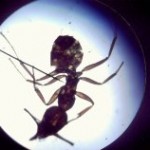
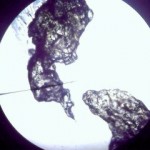
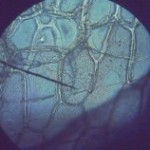
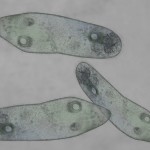
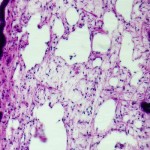
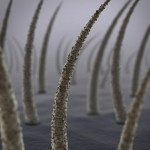
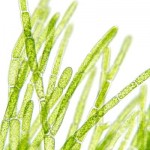
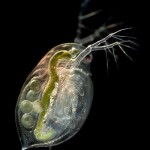
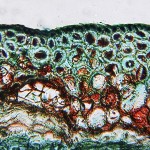
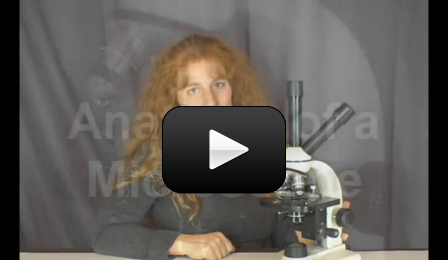
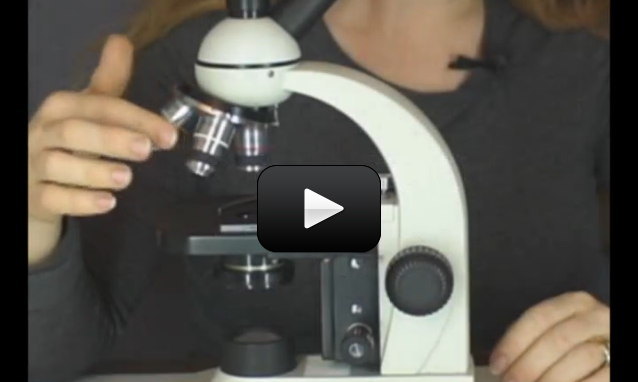

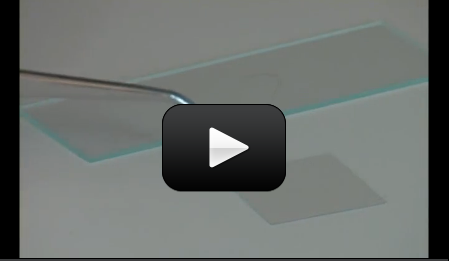
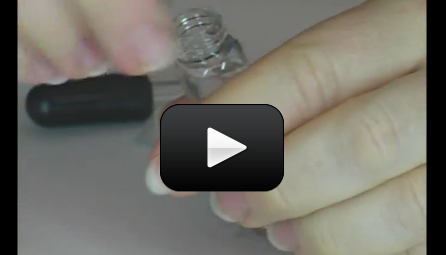
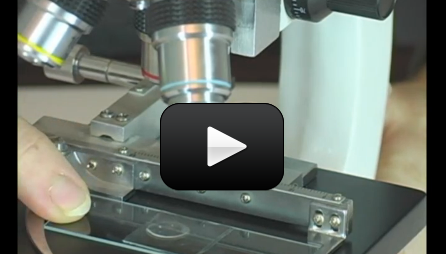
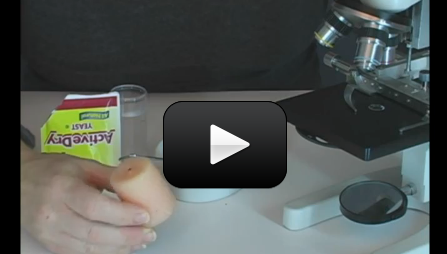
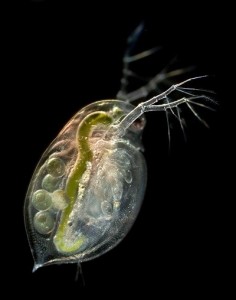 Make sure you’ve completed the
Make sure you’ve completed the 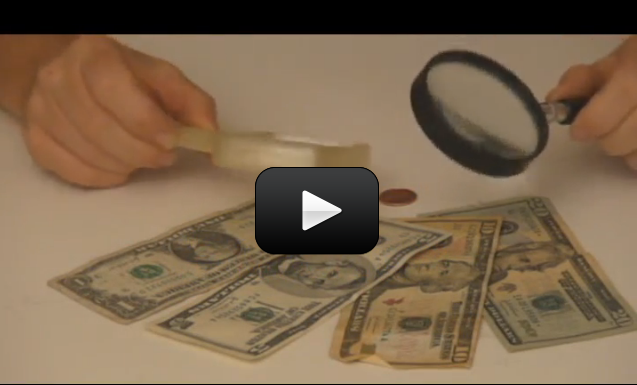
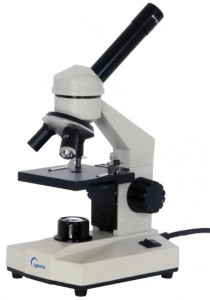 We don’t fully understand why, but every time we teach this class, kids inevitably start catching things on fire. We think it’s because they want to see if they really can do it – and sure enough, they find out that they can! Just do it in a safe spot (like a leaf on concrete) if that’s something you want to do.
We don’t fully understand why, but every time we teach this class, kids inevitably start catching things on fire. We think it’s because they want to see if they really can do it – and sure enough, they find out that they can! Just do it in a safe spot (like a leaf on concrete) if that’s something you want to do. 